
Compressing Videos For The Web
Salepage : Compressing Videos For The Web
Arichive : Compressing Videos For The Web
Compressing videos: everybody’s gotta do it. But what program is best? And what compression settings should I use? In this quick class, I’m going to show you how to compress videos the best way I know how. I’ll cover different compression scenarios, and how to compress any video using Adobe Media Encoder, and the free program MPEG Streamclip. In less than 25 minutes I’ll demystify some of the most confusing pieces of compressing videos so you can start sharing your work online!
What Is SEO traffic?
There are two types of website traffic:
- Organic traffic: This is traffic that you don’t pay for directly. It includes people who click through to your website from your social media pages, your email newsletter, Google’s search results, and so on.
- Paid traffic: This is traffic that you pay for directly. It includes people who click pay-per-click (PPC) ads, as well as those who hear about you through influencer marketing, newsletter or podcast sponsorships, and other forms of paid advertising.
SEO stands for search engine optimization, and is a process of optimizing your website with the goal of ranking higher on search engine results pages (SERPs) and ultimately increasing traffic.
In theory, the term SEO refers to all search engines, but in practice, it’s Google that matters most as they have an 87.35% share of the search market, with Bing being a very distant second at 5.53%, and Yahoo taking third place with 2.83% of the market.
SEO traffic is organic traffic that comes from search engines, in other words, people who typed a keyword or query into Google, looked through the search results, and then clicked through to your website.
Note that this doesn’t include paid search engine traffic, meaning those who entered a query into a search engine, and then clicked on your PPC ad that was displayed above the search results.
Compressing Videos For The Web





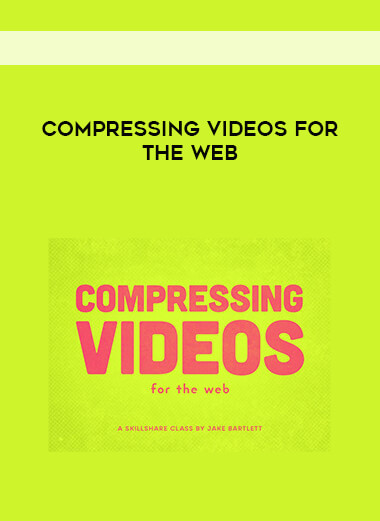
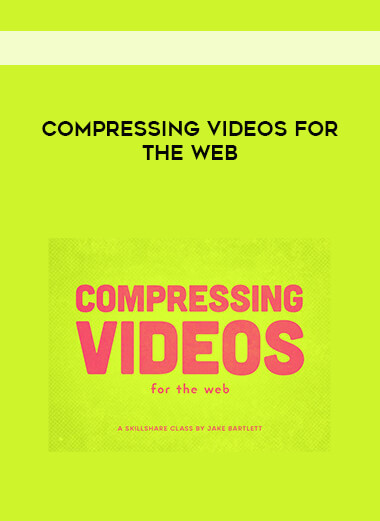

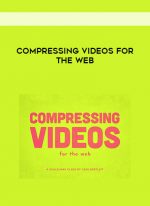

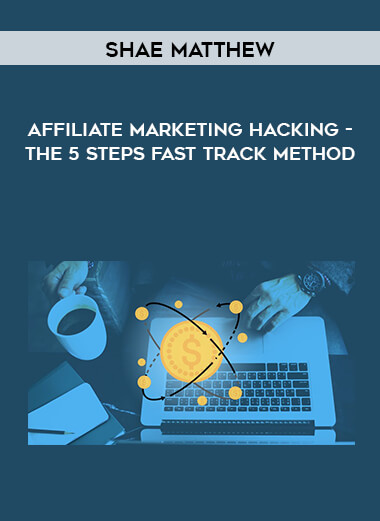



![Actioncoach.Kajab - Brad Sugars Profit Masters [Billionaire in Training] download](https://ivseed.info/wp-content/uploads/2022/03/zz.jpg)
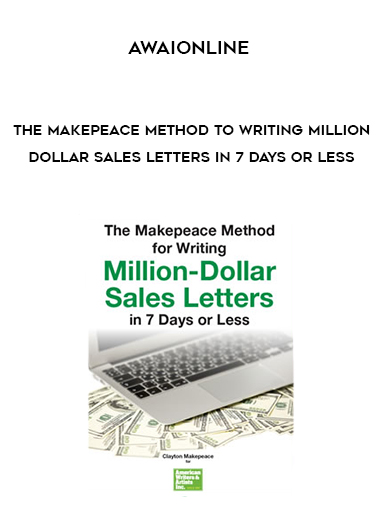



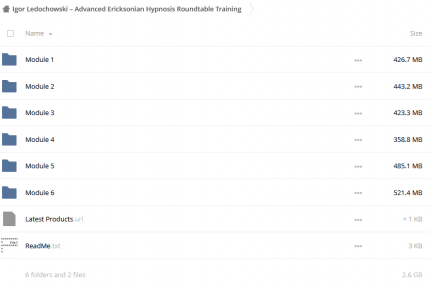

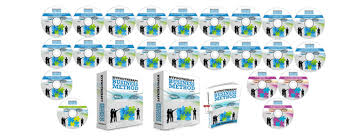


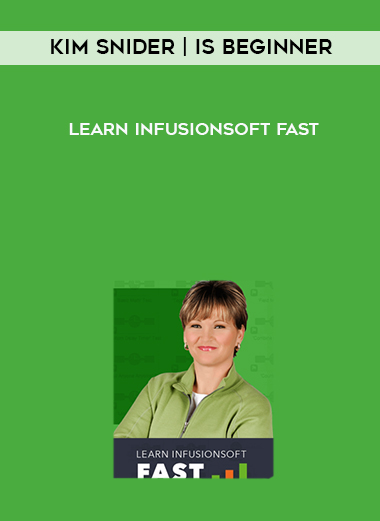



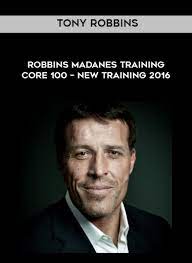
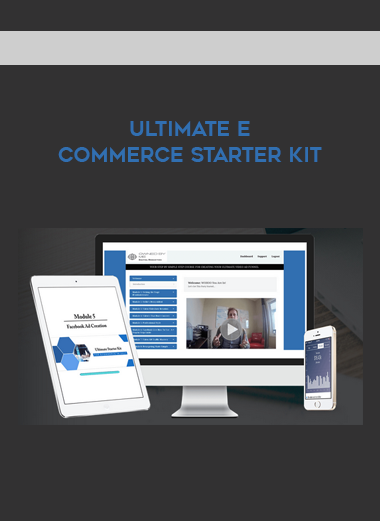










Reviews
There are no reviews yet.